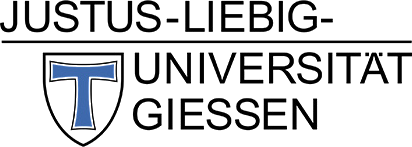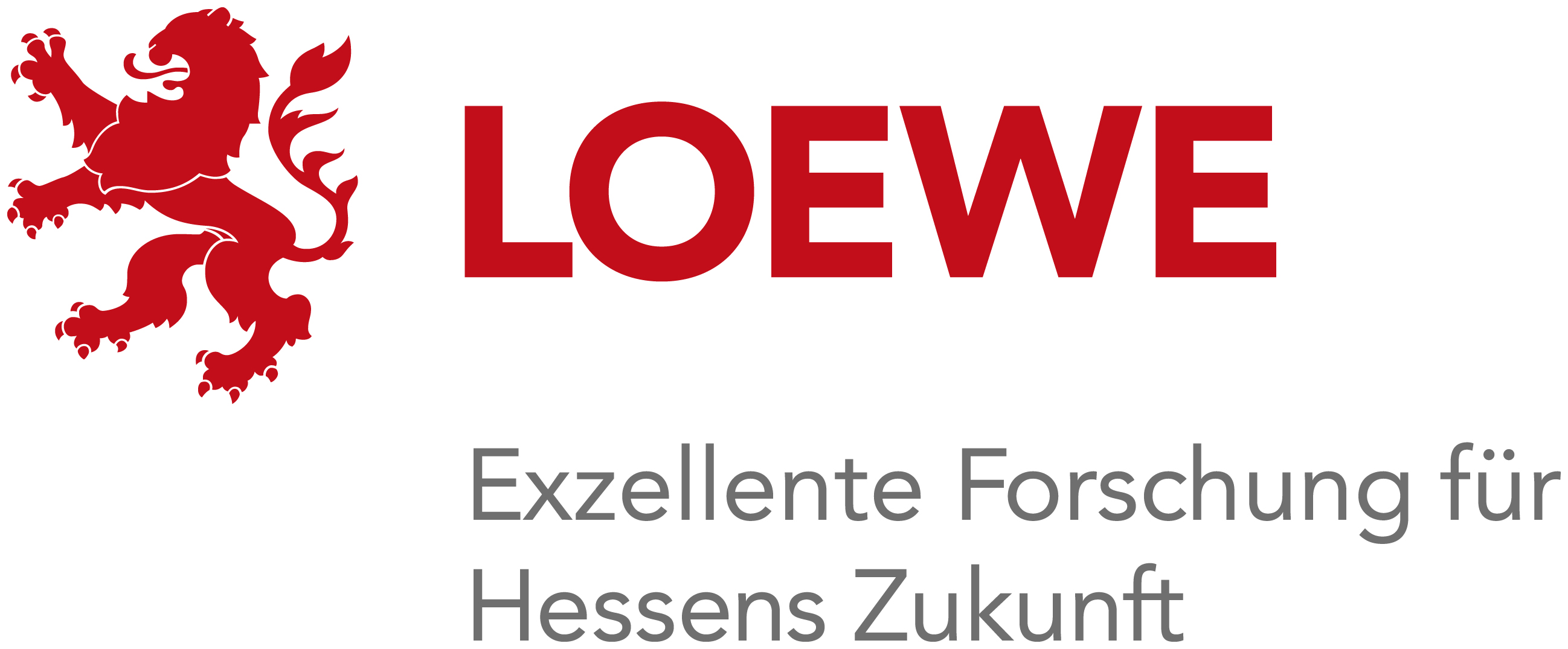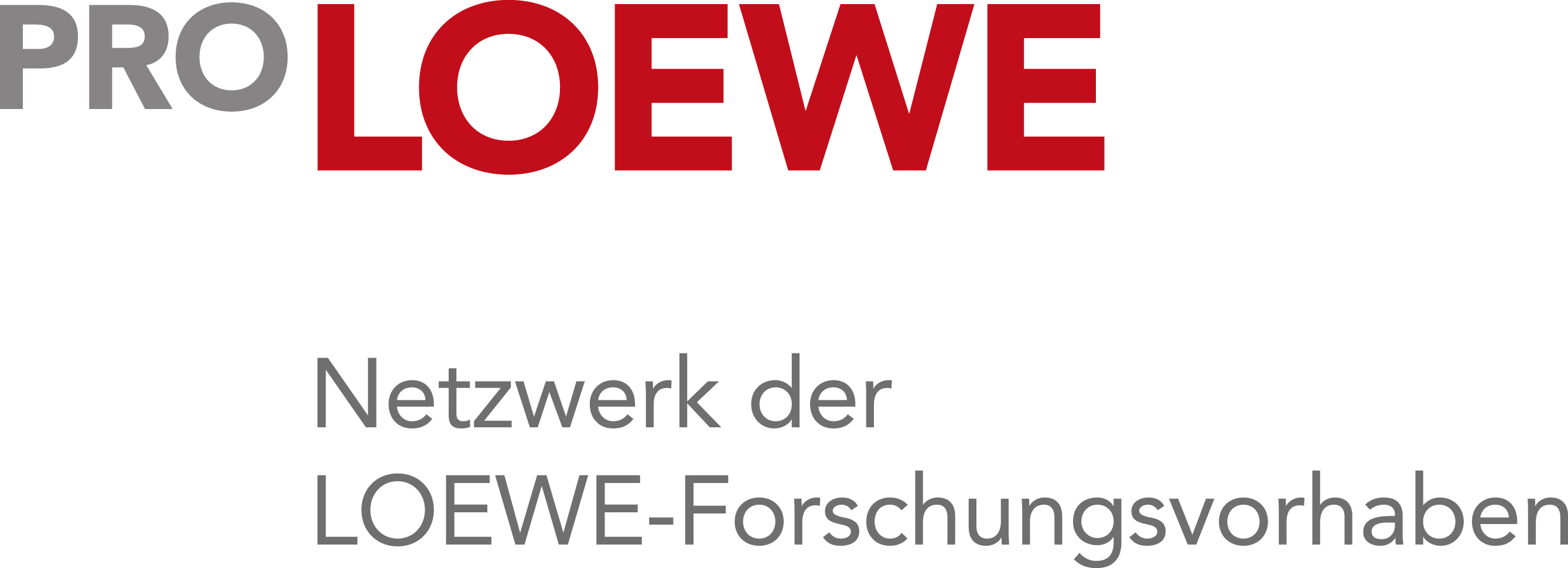Main Content
Nature 4.0 - in a nutshell
Nature conservation monitoring through networked sensor technology as a basis for sustainable species protection and the safeguarding of ecosystem functions.
Basis
Nature conservation strategies require the observation and assessment of landscape. Expert surveys must make compromises between the degree of detail, spatial coverage and temporal repetition, which can only be resolved to a limited extent by using airborne or satellite-based remote sensing approaches. This restricts differentiated nature conservation planning and reaction possibilities.
Goals

The aim of LOEWE's Nature 4.0 project is to develop a prototype of Nature 4.0, a modular environmental monitoring system for high-resolution observation of species, habitats and processes relevant to nature conservation. Natur 4.0 is based on the combination of expert knowledge and networked remote sensing and environmental sensors, which are attached to stationary and mobile platforms such as trees, UAVs, moving robots and animals. Together with powerful data integration and data analysis methods, Nature 4.0 enables the differentiated and effective observation of landscapes. The recorded time series also serve to develop early warning indicators. Nature 4.0 is thus breaking new ground in the field of comprehensive environmental monitoring. It consolidates in situ investigations by experts and uses non-regular data collection with mobile platforms in a crowdsensing approach to model nature conservation information in the form of regular, small-scale differentiated raster maps.
Test Area Marburg Open Forest
The Philipps University owned ~250 ha forest area in Caldern serves as a test area for the prototype development of Nature 4.0. In the Nature 4.0 project, this forest will be established as an open research and development station, the Marburg Open Forest, for new methods of environmental monitoring.
Interdisciplinary research
This goal, which can only be achieved within the framework of an interdisciplinary scientific network, combines scientists from the fields of geography, computer science, mathematics and ecology with nature conservation experts from administration and the private sector. It bridges the gap between basic and applied research and involves schools and citizens in scientific research. The innovation potential sharpens the profile area "Biodiversity and Climate" of the Philipps University and the profile area "Climate and Climate Impact Research" of the Research campus Central Hesse and complements the existing expertise. Nature 4.0 thus strengthens Hesse as a business location and provides an innovative instrument for environmental monitoring.
More Information
A more detailed overview of the project and its subprojects can be found in the respective subsections and in this paper.
Contact
If you are interested, questions and suggestions, please write an e-mail to our project coordination.





